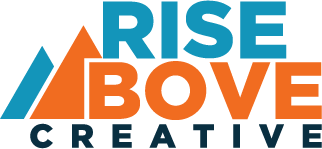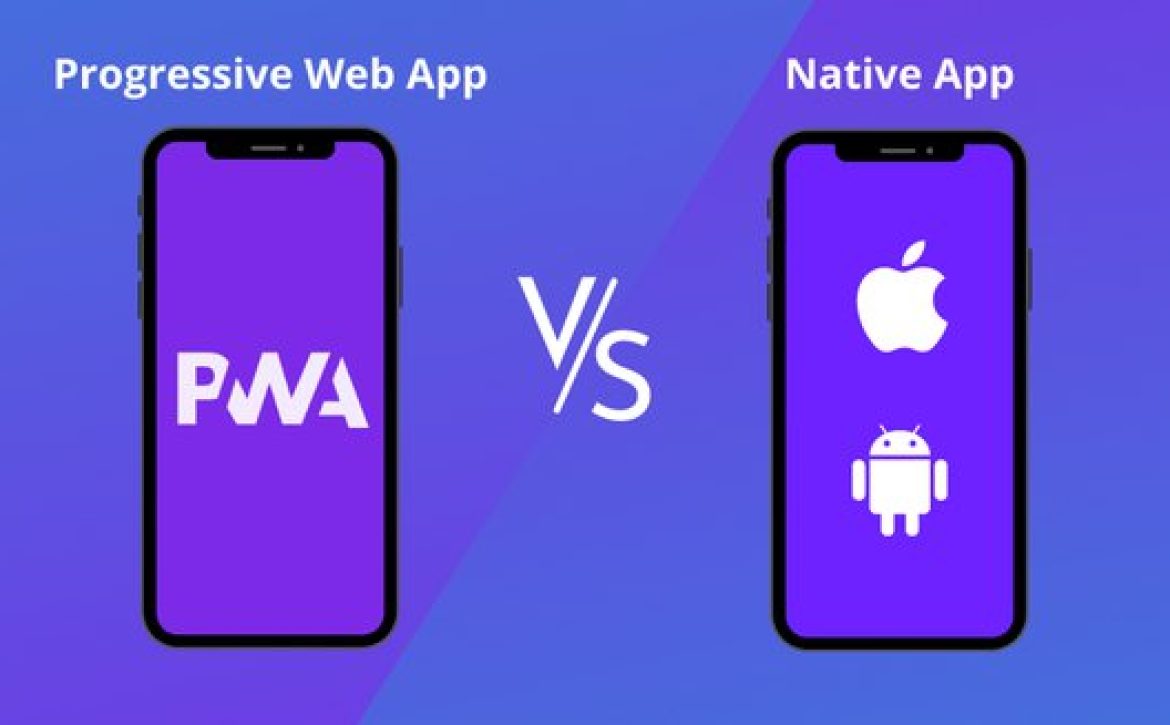The Future of Nanobots: Immersion of Virtual Reality and the Nervous System
Introduction: The combination of nanotechnology, virtual reality (VR), and the human nervous system has become an attractive prospect in the ever-changing environment of technological breakthroughs. As we move forward, the incorporation of nanobots into our biological systems and the seamless integration of virtual reality into our daily lives have the potential to transform how we experience and interact with the environment. The intriguing possibilities that lay ahead in the symbiotic link between nanobots, virtual reality, and the nervous system are explored in this essay.
Medical Marvels:
One of the most promising applications of nanobots lies in the field of medicine. Imagine a scenario where these miniature marvels can target and destroy cancer cells with unprecedented precision or repair damaged tissues at the cellular level. The future of healthcare may well see the emergence of nanobot-assisted surgeries and treatments that are not only more effective but also less invasive.
Neural Integration and Virtual Reality:
While nanobots revolutionize the biological aspect, virtual reality is set to redefine our perceptual experiences. VR has already made significant strides in entertainment and gaming, but the real game-changer lies in its integration with the nervous system. Researchers are exploring ways to create a seamless interface between the virtual world and our brains, enabling us to experience sights, sounds, and even emotions in a more immersive and realistic manner.
Sensory Enhancement:
The fusion of nanobots and virtual reality opens up the possibility of sensory enhancement on an unprecedented scale. Imagine being able to see, hear, and feel virtual environments with a level of detail and realism that rivals the physical world. Nanobots could play a crucial role in enhancing our sensory perceptions, creating a truly immersive experience that transcends the limitations of our natural senses.
Challenges and Ethical Considerations:
As with any technological advancement, the integration of nanobots and virtual reality into our daily lives comes with its set of challenges and ethical considerations. Issues related to privacy, security, and the potential misuse of these technologies need to be carefully addressed. Striking a balance between innovation and responsible development will be crucial to ensuring that the benefits of these advancements are maximized while minimizing potential risks.
Conclusion:
The future of nanobots and the immersion of virtual reality into the nervous system hold immense promise for humanity. From revolutionizing healthcare to transforming how we perceive and interact with the world, these advancements have the potential to reshape the fabric of our existence. As we navigate the uncharted territories of technological progress, it is essential to approach these developments with a mindful and ethical perspective, ensuring that the benefits are shared by all while minimizing potential pitfalls. The journey into the future is undoubtedly exciting, and the convergence of nanobots and virtual reality is set to be at the forefront of this transformative era.
What are nanobots, and how do they relate to the future of virtual reality and the nervous system?
Nanobots are microscopic machines at the nanoscale that hold immense potential for medical and technological applications. In the context of the future, their integration into the human body is expected to play a pivotal role in enhancing the immersive experience of virtual reality and possibly interfacing with the nervous system.
How might nanobots be applied in the medical field, and what impact could this have on healthcare?
Nanobots offer a range of possibilities in medicine, from targeted drug delivery and precise cancer treatment to tissue repair at the cellular level. Their potential to revolutionize medical procedures and treatments could lead to more effective and less invasive healthcare interventions.
What is the significance of integrating virtual reality with the nervous system, and how might this reshape our daily experiences?
The integration of virtual reality with the nervous system aims to create a seamless interface between the virtual world and our brains. This has the potential to redefine our sensory perceptions, enabling us to experience virtual environments with unprecedented realism. This integration could transform entertainment, education, and various aspects of our daily lives.
What challenges and ethical considerations are associated with the convergence of nanobots, virtual reality, and the nervous system?
The integration of these technologies raises concerns related to privacy, security, and the responsible use of advanced medical and immersive technologies. Addressing ethical considerations is crucial to ensuring that the benefits of these advancements are maximized while minimizing potential risks and misuse.
How might the convergence of nanobots and virtual reality impact sensory enhancement, and what could be the potential applications of this enhancement?
The fusion of nanobots and virtual reality holds the promise of sensory enhancement, allowing individuals to see, hear, and feel virtual environments with a level of detail and realism previously unattainable. This could have applications in entertainment, education, and various industries, offering new ways for people to engage with digital content and experiences.


